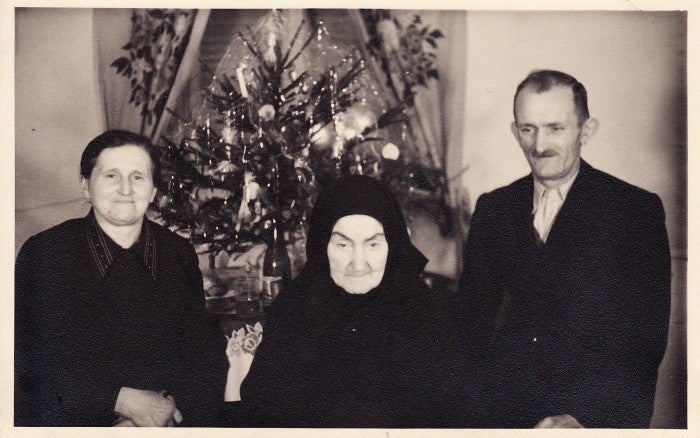
Two chapters cover the descendants of people who’d immigrated to territories in Eastern Europe several centuries ago. (Some of these German cultures can trace their first arrival as far back as a thousand years!) The original immigrants often came from the Holy Roman Empire, which included the many Germanic states and princedoms from that time. (Germany as a unified country did not exist until 1871.)
Germans in these European countries generally lived as friends among their neighbours. Over the centuries, these countries dealt with political upheavals, changing national borders, and periods of social unrest, and yet the citizens managed to co-exist peacefully with each other throughout much of it.
However, the major events of the 20th century changed all that, and the end of World War II marked a stark shift for these Germans. Many were shipped off to labour camps in Yugoslavia, Russia, and the Ukraine. Others managed to escape the ethnic cleansing and found their way to other countries, including Canada. This chapter covers a brief history of the area before delving in to what made these people “German” despite having lived outside of German territories for several centuries. Readers will learn about the Transylvanian Saxons, Sudeten Germans, Danube Swabians, and Gotscheer Germans, all of who lived in these areas and created their own unique German cultures.